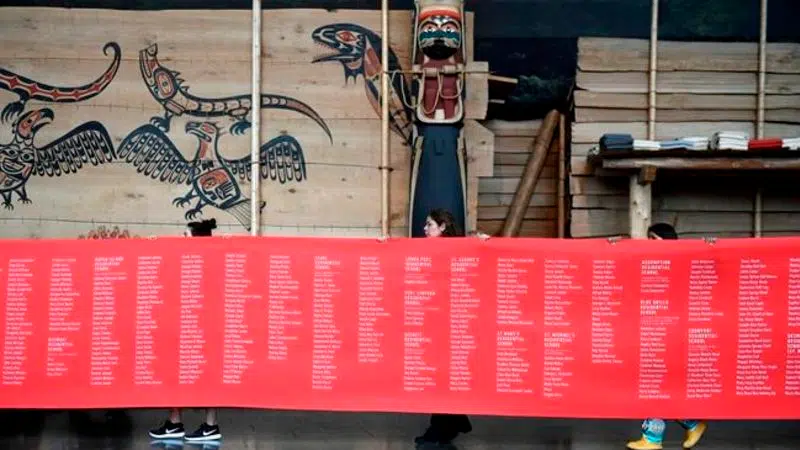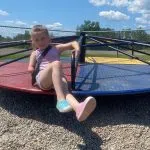
Names of children who died in residential schools released in sombre ceremony
Rose Mary Wolfe in Lestock, Saskatchewan. Bella Johnson in Whitefish Lake, Alberta. Jacob Grey in Sault Ste. Marie, Ontario. James Paul in Shubenacadie, Nova Scotia.
The list goes on and on — children who died in Canada’s residential school system. Child victims being named for the first time.
On Monday, the National Centre for Truth and Reconciliation revealed the names of 2,800 children who died in residential schools during a sombre ceremony in Gatineau, Que.
A 50-metre-long, blood-red cloth bearing the names of each child and the schools they attended was unfurled and carried through a crowd of Indigenous elders and chiefs, residential-school survivors and others.

